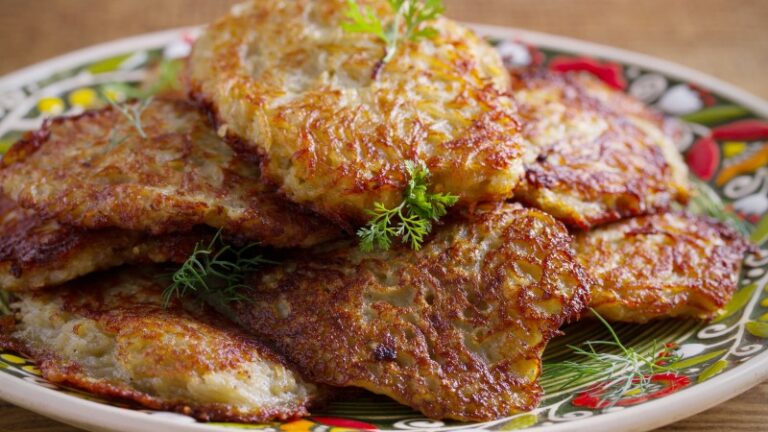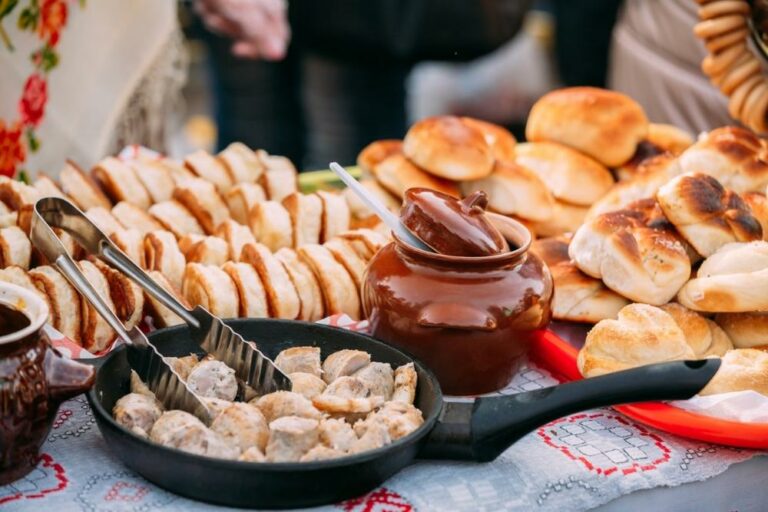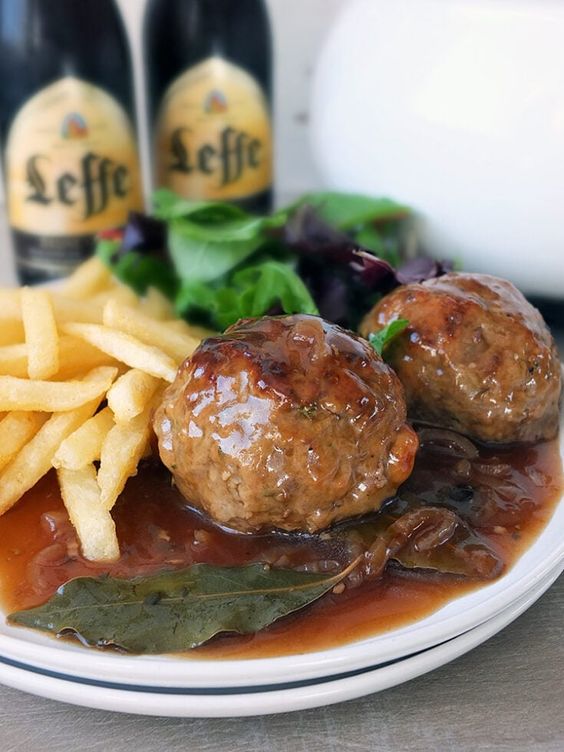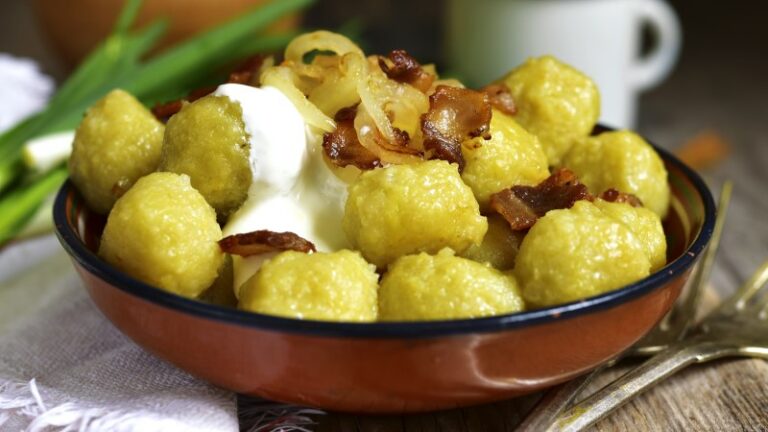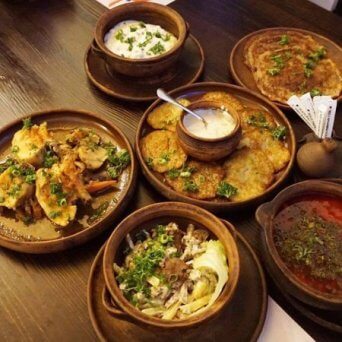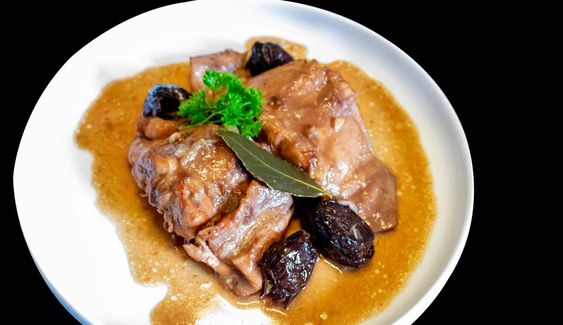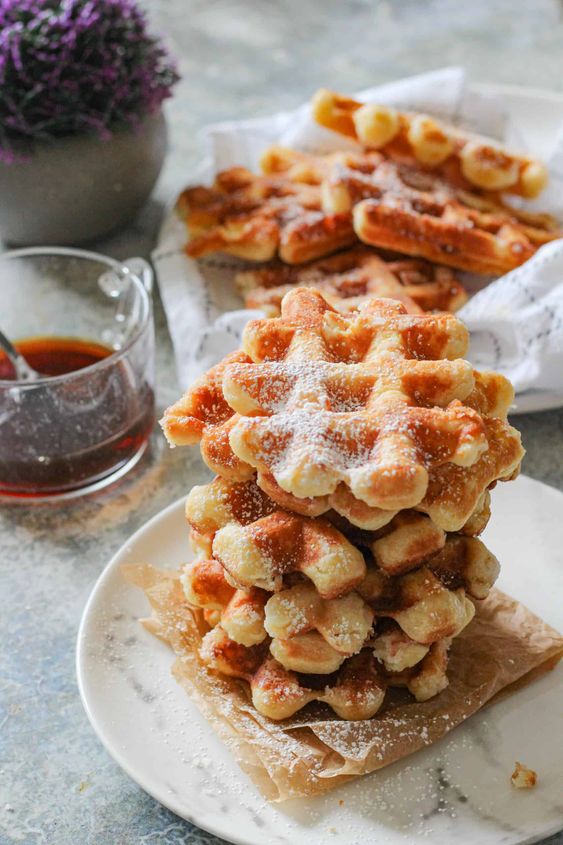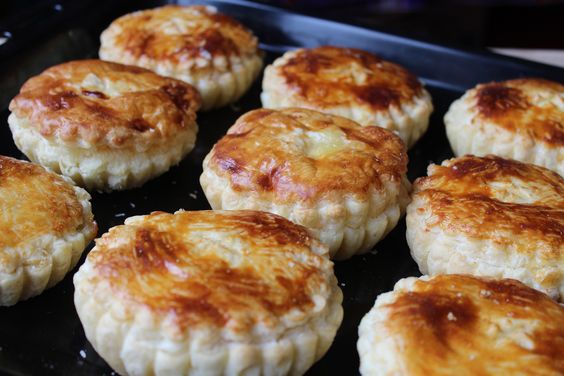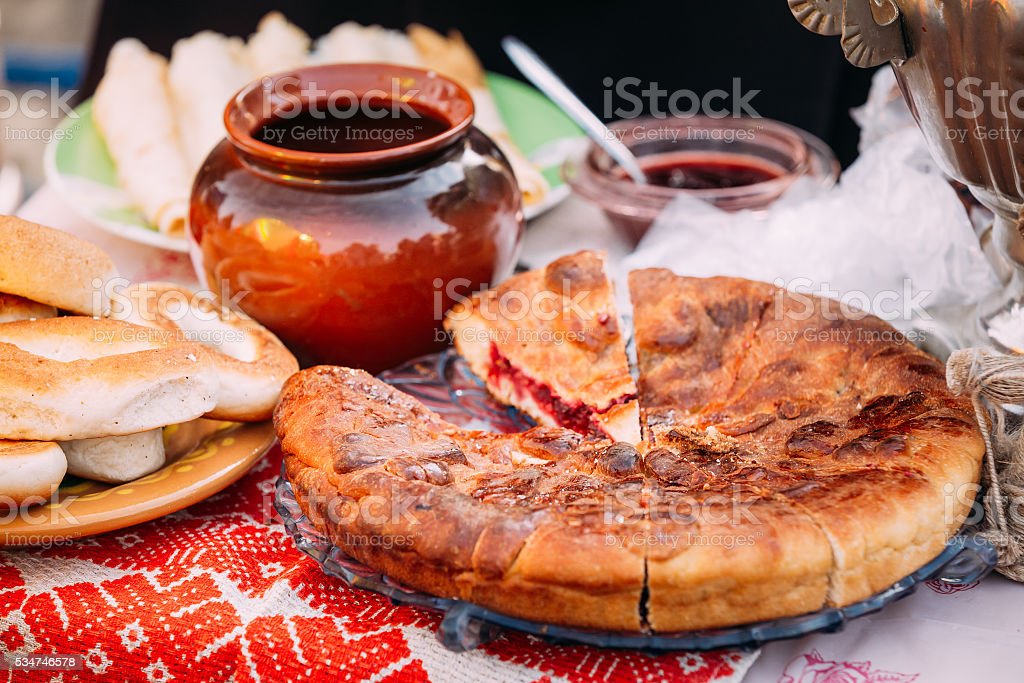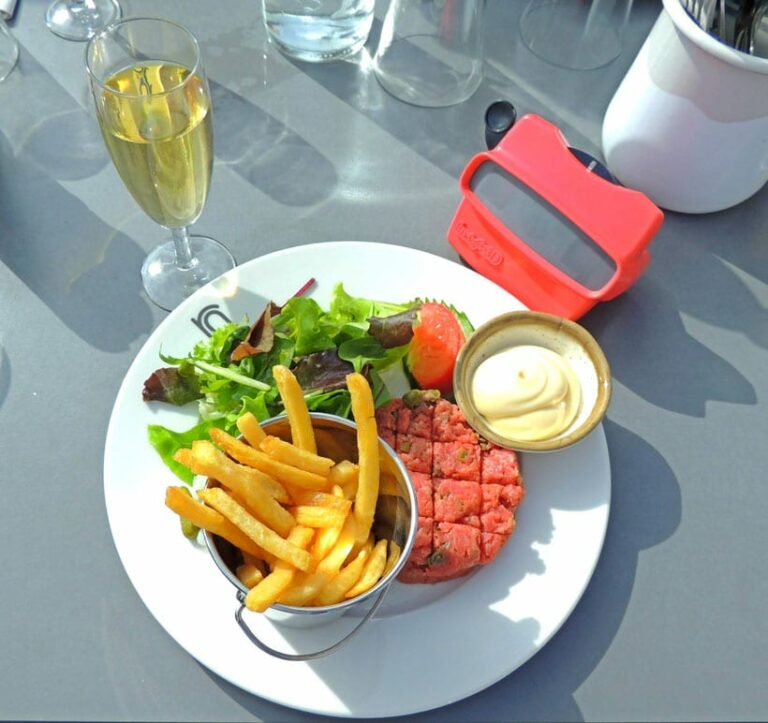Introduction: The Culinary Heritage of Belarus
Belarus is a country located in Eastern Europe that has a rich culinary heritage. Belarusian cuisine has been influenced by neighboring countries like Russia, Ukraine, Poland, and Lithuania. However, it also has its unique dishes that reflect the country’s history, geography, and agricultural abundance. Belarusian cuisine is known for its hearty, filling, and flavorful dishes that are perfect for cold and long winters.
The Ingredients: Staples of Belarusian Cuisine
Belarus has a fertile land that produces cereals, vegetables, fruits, berries, and mushrooms. The country is also home to many lakes and rivers that provide freshwater fish. Belarusian cuisine uses staples like potatoes, rye, wheat, barley, onion, garlic, carrots, cabbage, beets, and mushrooms. Meat is also a significant ingredient, with pork, beef, and chicken being the most common. Dairy products like milk, cheese, and sour cream are also an essential part of Belarusian cuisine.
The Methods: Cooking Techniques and Tools
Belarusian cuisine uses various cooking techniques that include boiling, baking, frying, and stewing. Traditional Belarusian dishes are often cooked in clay pots or cast-iron skillets over an open fire. Belarusian cuisine also uses a lot of pickling and fermenting techniques to preserve vegetables and fruits. Belarusian cuisine also has a unique tool, the “lyavonya,” which is a wooden trough for kneading dough.
The Dishes: Popular Belarusian Recipes
The most famous Belarusian dish is “draniki,” which are potato pancakes made from grated potatoes, flour, and eggs. Another popular dish is “machanka,” a hearty stew made from pork, sour cream, and flour. “Kolduny” are meat-filled dumplings that are boiled and served with sour cream and bacon. “Salo,” which is cured pork fat, is also a popular snack in Belarus.
Meaty Delights: Belarusian Meat Dishes
Belarusian cuisine has many meat dishes that reflect the country’s agricultural heritage and love for meat. “Svyachennaya kashka” is a baked pork dish that is made with barley and served with potatoes. “Zharkoye” is a beef stew made with onions, carrots, and potatoes. “Karbonad” is a pork chop dish that is marinated and roasted to perfection. “Krambambulia” is a meatball dish that is made with beef, pork, and rice.
Hearty Soups: The Soul of Belarusian Cuisine
Belarusian cuisine has many soups that are hearty, filling, and flavorful. “Borscht” is a beetroot soup that is served hot or cold and is often accompanied by sour cream. “Garbuznik” is a pumpkin soup that is spiced with cinnamon and nutmeg. “Kapusniak” is a cabbage soup that is made with meat and potatoes. “Shchi” is a sour cabbage soup that is a winter staple in Belarus.
Sweet Treats: Belarusian Desserts and Snacks
Belarusian cuisine also has some sweet treats that reflect the country’s love for sweets. “Kletski” are potato dumplings that are served with butter and sugar. “Kompot” is a fruit drink that is made by boiling fruits in sugar syrup. “Sushki” are small, crunchy biscuits that are usually served with tea or coffee. “Makivnik” is a poppy seed cake that is sweet, moist, and delicious.
The Future of Belarusian Cuisine: Preserving a Rich Tradition
Belarusian cuisine has a rich tradition that reflects the country’s history and geography. However, like many traditional cuisines, it is in danger of being forgotten or modified beyond recognition. To preserve the rich tradition of Belarusian cuisine, there are efforts to document traditional recipes, promote local ingredients, and teach cooking skills to younger generations. Belarusian cuisine has a lot to offer the world, and it is essential to preserve it for future generations to enjoy.

